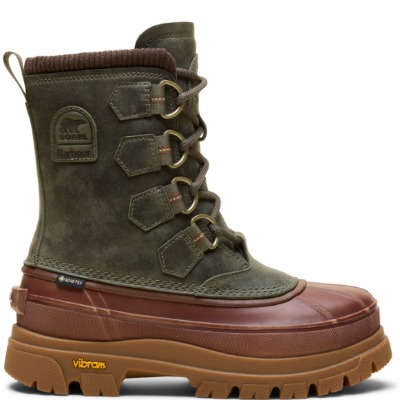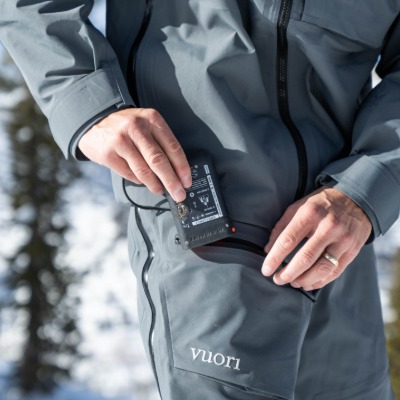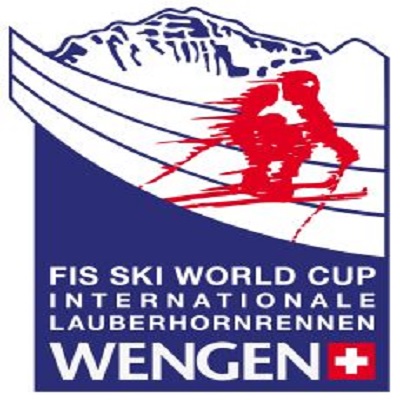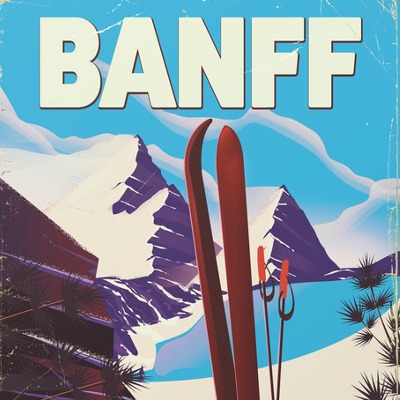ISPO: The Future Of Winter Sports: "Bringing The Fun To The People"
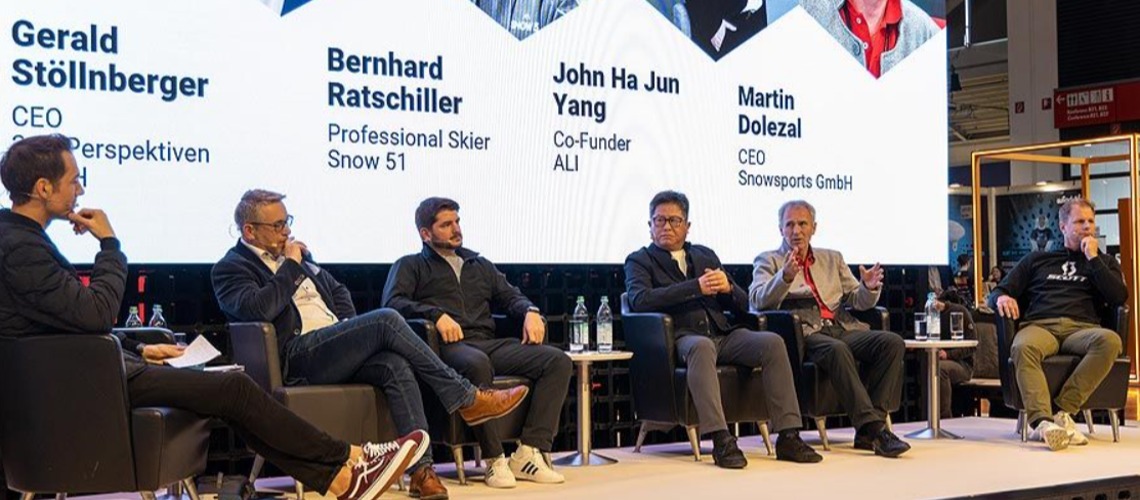
After a two-season Covid break, ISPO Munich opened its doors again at the end of November 2022. The first panel on the main stage was entitled "New Perspectives on Winter Sports" - it was co-organized by the Snowsports Academy from Vienna.
The most famous sporting goods fair in the world is back and enjoyed great interest. The first panel discussion at ISPO Munich was also extremely well attended, as a highly explosive topic was addressed: What new perspectives are there for winter sports? At the panel, five international representatives from different industries exchanged ideas about solutions - from the current situation to possible scenarios in ten years.
At the beginning, Martin Dolezal from the Snowsports Academy, who played a key role in putting together the experts, described why skiing and the like are currently struggling with an image crisis. “The discussion in winter sports is too emotional and focuses too much on the energy crisis. But that is not the facts. The entire winter sports sector in Austria, for example, consumes just 0.325 percent of the total energy requirement. This is an important economic factor that includes tourism, cable cars, industry and numerous regional service providers.”
Different continent, different perspectives
Bernhard Ratschiller knows that there is a much more positive attitude towards winter sports in other parts of the world. The Austrian has been active in Asia for more than five years and works with Snow 51, China's largest provider of one-stop shops for skiing, among others. Under the motto "City Life - Mountain Love!", roller slopes, ski courses and equipment are offered in one place in urban regions. "In order to raise the image of skiing, we have to act and bring the slopes to the people - so that they don't have to drive so long distances. In this way, people can already learn certain skills. The ultimate goal, however, is always to increase enjoyment and experiences in the mountains,” says Ratschiller.
John Ha Jun Yang, an expert in the clothing industry, is even more optimistic. The South Korean has lived in China for more than ten years and is co-founder of ALI and chairman of 2Y International. “The winter sports market in China is growing enormously: on the one hand, it was promoted by the government with a view to the 2022 Olympics in Beijing. On the other hand, there are more people who can afford the sport. 300 million people in China have already had at least one winter sports experience.” A big advantage, according to Yang: “There are many indoor winter sports resorts in China, so the season now starts in May. This was also noticed in the e-commerce business this year, where sales usually only started in October.”
From sustainability to digitization
Reto Aeschbacher from Switzerland, CMO at Scott Sports, sees the following important trends: “Winter sports have had a culture in the Alps for over 100 years – the experience in the mountains, the fresh air. In the meantime, we are becoming more and more multisport people: trail running, mountain biking, hiking, skiing. Some regions have already developed into year-round destinations. However, like other industries, winter sports must find more sustainable ways: whether recyclable materials or more ecological production. It's not just about a compromise, it's about real innovation.” That way you can motivate the young audience better again.
Gerald Stöllnberger is convinced that in order to reach more people, especially young people, digital opportunities must also be used. With his Viennese company 360° Perspectives, he offers, among other things, virtual and augmented reality for tourism. “Especially in the pre-trip phase, i.e. before you book a trip, digital offers are becoming increasingly important: you can look at the hotel and the region with VR glasses and virtually ski down the slopes. And you can practice your first skiing exercises at home in the living room.” There are other VR offers for the experience on the mountain. For example, information about the area: "What kind of summit is that?" Or if there is fog on the piste: "Where does the blue piste continue and where is the black one?"
The future of snow sports
According to Stöllnberger, where the journey will take us in ten years: “The glasses will have installed a supercomputer that transforms information into experiences. What we are doing now on smartphones and with headsets will later happen with VR glasses, glasses, goggles, watches or other advancements. The Magic Mirror when shopping for clothes will also be standard – so you can see yourself in the mountains while shopping.”
For Bernhard Ratschiller, the main focus is on the broad masses: “We have to offer accessibility for as many people as possible and not just for the elite. Why should only people who live near mountains have access to winter sports? Kids and young people in the cities should be able to say: 'Hey, that's cool, I want to try this.'”
Martin Dolezal from the Snowsports Academy also took this line with his final statement: "In order to raise snow sports and their image, we want to bring the snow to the people under the motto 'Snow Connecting People': with roller slopes, ski halls and digital ones Possibilities like VR glasses. We also want to convey the adventure, the emotions, the experiences - and thus awaken the passion for sporting activities in the mountains."
ISPO as a winter sports platform
A drop of bitterness for the ISPO Munich organization team was that, despite 1,700 exhibitors, the big ski brands were not represented, as Lena Haushofer, Exhibition Director of ISPO Munich, explains. “We are really very, very satisfied with the course of the trade fair and that industry and trade have come together again. But we are aware that much of the winter sports hardware was not represented for legitimate reasons. This is a very emotional topic, because ISPO Munich needs - in the sense of a roundtable - all stakeholders to raise the image of winter sports to a level that makes everyone happy: the mountain railways, tourism, the ski instructors and also the skis -industry with their brands.”










